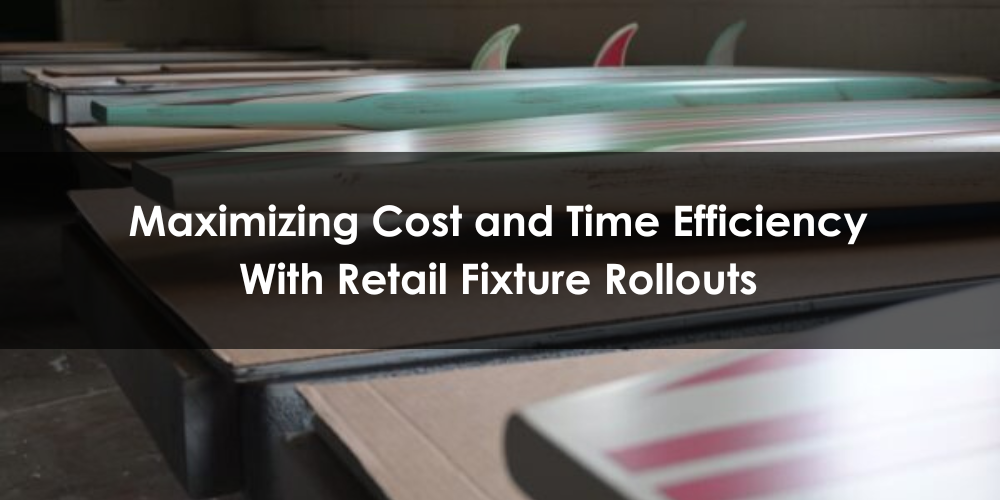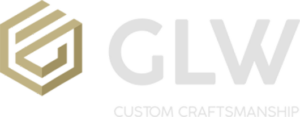
For retailers looking to upgrade their existing stores or open new ones, multi-location rollouts are typically much more effective than handling each store as a one-off project.
At GLW, we have decades of experience engineering, manufacturing, and installing fixtures for retail interior rollouts across the world. In this blog post, our expert team explains a few strategies for navigating the complexities of rollouts successfully.
Why are rollouts advantageous for retailers?
With the additional logistical complexity posed by handing upgrades across multiple locations, some retailers may wonder why rollouts are preferable to one-off projects. The biggest reason? Efficiencies and economies of scale that save retailers time and money in the long-term.
These economies of scale can be seen across every stage of the rollout process. When it comes to engineering and manufacturing, it is both faster and cheaper to manufacture fixtures in efficient batches. At GLW, we identify the optimal batch size, manufacture the fixtures for the entire rollout using that batch size, then warehouse all the fixtures until it’s time to ship them. Costs are lowered, because we can order materials in bulk and reduce machine set-up time.
Additionally, having all the fixtures warehoused adds a layer of security for retailers as they upgrade each location. If a weather-related disaster strikes, GLW has an inventory of that fixture in stock that we can ship early, still allowing us time to replenish the inventory before the location it was planned for opens. Batch manufacturing allows for greater efficiency on our end–translating to cost savings, time savings, and nimbleness on the retailer’s end.
Strategies for managing effective rollouts
#1: Design and manufacture similar fixtures that maintain a cohesive brand look, while customizing for each space as needed
About 75% of your fixtures should be identical across all your locations. This ensures both that they can be manufactured efficiently, and that your locations will share a consistent and recognizable interior design.
25% of your fixtures can be customized to fit that specific location. This can include anything from incorporating local materials, resizing perimeter fixtures to fit around columns or structural elements, or designing unique entryway fixtures for dynamic visual appeal.
By making 75-80% of the fixtures identical for each location in a rollout, GLW can manufacture those fixtures in efficient batches and warehouse them until it’s time to ship. Then, we just have 20-25% of the fixtures that need to be custom-manufactured for each location.
#2: Ensure timely shipping, delivery, and installation for each location to maintain overall rollout schedule
Retailers know that delays of even a few days can be immensely costly. By using the 75/25% rule of thumb, you ensure that most of your store fixtures are ready to go well in advance of the location opening.
At GLW, we have a number of strategies to ensure that shipping, delivery, and installation go smoothly and on schedule. We bundle pallets together on the truck, meaning that the fixtures themselves are individually packaged and protected against damage during transport. We also work closely with the installer and load the truck according to their process and preferences. We even color code the fixtures based on where they’ll be installed within the store, so the installers don’t waste precious time figuring out what’s what.
Our decades of work in the industry has given us a deep and trusted network of relationships with installers worldwide. We know exactly how to package and ship your fixtures to streamline the installation process and avoid costly delays.
#3: Collaborate with a single project manager throughout the process
Find a fixture manufacturer who will devote a single project manager or point of contact to handle your entire rollout. That way, your contact will have extensive familiarity with your brand, product, and installation team.
At GLW, our project managers work with one account throughout the lifespan of the collaboration, meaning we know exactly how the process went last time and can make improvements and tweaks to streamline each additional fixture installation.
Want to learn more?
If you’d like to discuss your next fixture rollout project with our expert team, contact us today.

